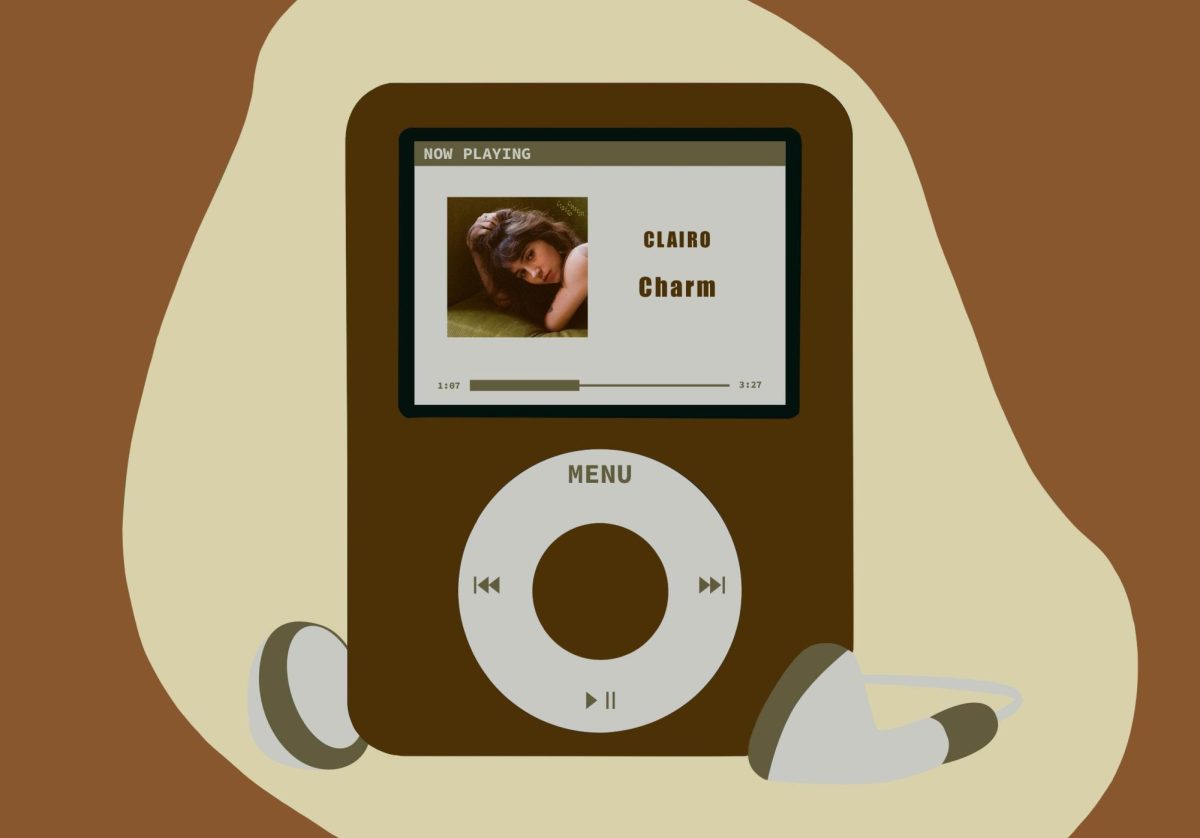The process of coming out as a member of the LGBT community is not a singular experience. It is a joyous celebration for some, but for others, it’s an unattainable dream.
The Gender and Sexuality Center (GSC) for Queer and Trans Life and the Steven J. Schochet Endowment for GLBT Studies presented an art installation on the Washington Avenue Pedestrian Bridge to celebrate the process of coming out.
The exhibit, entitled “Life Around the Closets: Coming Out/Not Coming Out Experiences of LGBTQIA Individuals,” was displayed on Tuesday and Wednesday.
“I think that often times there’s this narrative that goes around … that necessitates a coming out and a public declaration of one’s sexuality or gender identity,” said Melinda Lee, assistant director of the GSC for Queer and Trans Life. “For some, it’s actually not possible, or it’s unsafe, or they simply don’t want to tell people who they really are in terms of gender and sexuality. It’s really to highlight that reality and to push against the dominant narrative that coming out is an all-encompassing requirement for the LGBTQIA community.”
In the 1950s, when Steven Schochet, the founder of the Schochet Endowment, was an openly gay student at the University, his peers and University administration repeatedly harassed him. Schochet later started this endowment to hold the University accountable and to help LGBT students avoid his own experience as a student.
The exhibit featured five multi-colored doors of various sizes. Coming out stories from the University’s students, staff and faculty were displayed on racks in front of the doors.
The variety of colors paid homage to the rainbow flag and the importance of intersectionality in the LGBT community.
“I also wanted to use inclusive rainbow colors, starting with black and brown, and then other rainbow colors,” said Nur Jibran, a political science Ph.D candidate at the University and Schochet Associate for the GSC.
There are differences between the doors beyond color variations — some were taller, while others were more intact —that highlighted the sprawling spectrum of experiences within the LGBT community.
“I think the really nice thing about a visual installation is that participants and viewers can possibly get a more visceral understanding … of what life is like for queer and trans people,” Lee said. “Some of the doors open, and some of them stay shut.”
This year’s exhibit coincided with National Coming Out Month and LGBT History Month.
“The reason … why we wanted to do it now [is that] it correlates with a lot of the attacks that these marginalized communities … are getting from the state and the public,” Jibran said. “We needed to give more visibility and publicity [to] these issues.”
The exhibit’s location on the Washington Avenue Bridge, one of the busiest pathways on campus, was intentional and emphasizes the exhibit’s ability to open up a conversation.
“So much of dialogue and education is about bridging people and bridging relationships and connecting people to one another so that we can better understand where people are coming from,” Lee said.
While the GSC hoped to start a dialogue about the range of coming out experiences, support for LGBT members of the University community remained at the core of the exhibit’s vision.
“What I’m hoping is that those who are LGBTQIA students, faculty and staff on campus feel the love at times like this and [know] that there is a … support network on campus,” Jibran said.

















